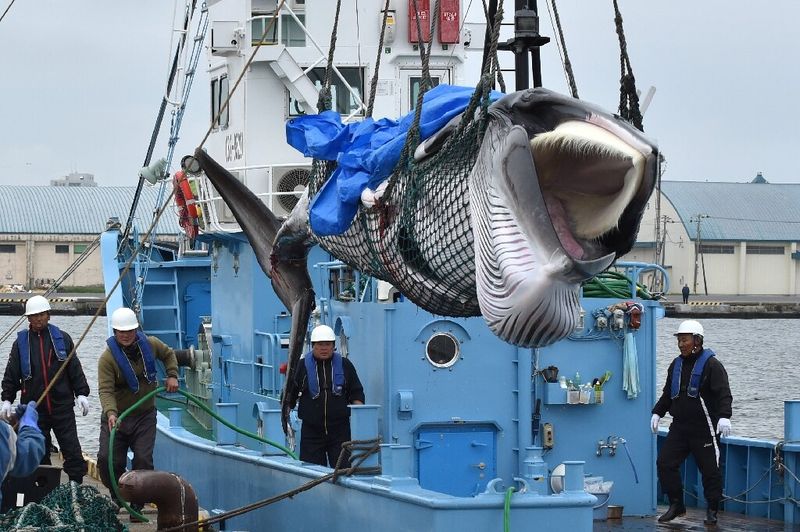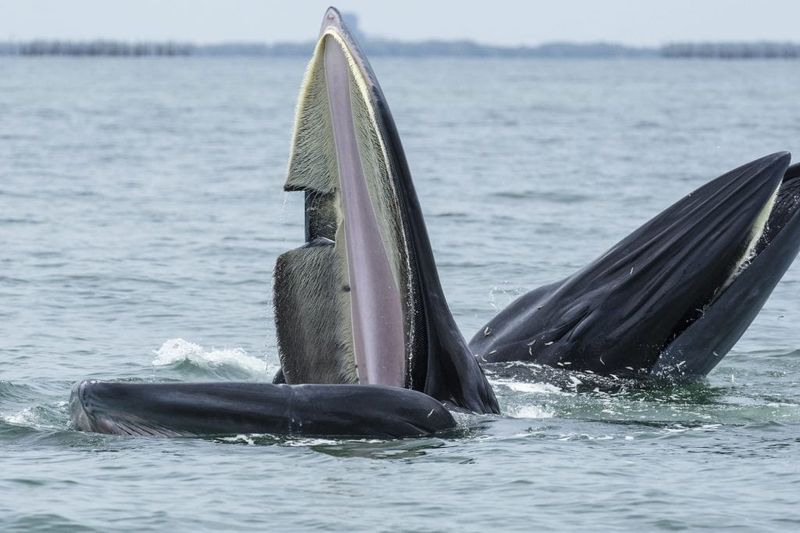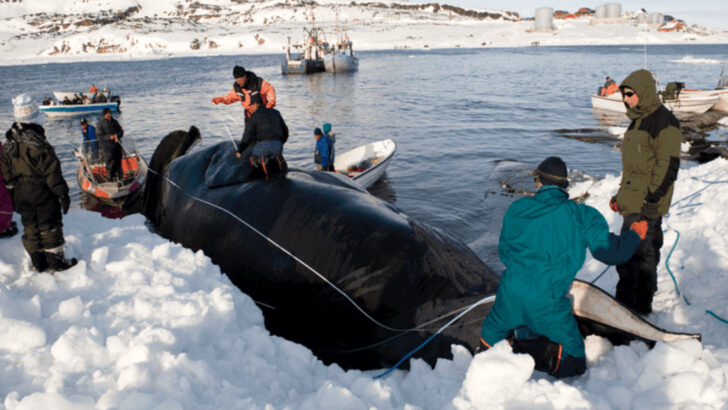They’re the giants of the deep—majestic, mysterious, and still being killed.
While most of the world has turned its harpoons into history, a few nations are still dragging these magnificent creatures from the ocean.
Not by accident.
Not in self-defense.
But by choice.
Despite global pressure and growing awareness, whale hunting hasn’t vanished.
It’s just gone quieter.
More political.
More complicated.
And the whales?
They don’t care about laws or loopholes.
They just want to swim in peace.
Let’s shine a light on the species that are still in the crosshairs.
These are the whales the world hasn’t stopped hunting.
Minke Whale

The minke whale, with its sleek body and curious nature, roams the icy waters of the North Atlantic and Arctic. Unfortunately, it is often hunted for its blubber and meat, especially in certain countries where whale meat is considered a delicacy.
Their gentle presence in the ocean is a sight to behold, as they surf through waves gracefully. Despite their size, minke whales are known for their speed and agility, making them elusive creatures in the wild.
Conservationists continue to fight for their protection, highlighting the importance of preserving these remarkable animals for future generations.
Fin Whale

The fin whale, known for its impressive size and speed, is often referred to as the “greyhound of the sea.” These gigantic creatures are targeted by whalers due to the substantial amount of oil they can provide.
Gliding elegantly through oceans worldwide, they remain one of the fastest whale species, reaching speeds of up to 25 miles per hour.
Their majestic nature is overshadowed by the continued threats they face. Conservation groups work tirelessly to spread awareness, hoping to put an end to the relentless hunting of these gentle giants.
Sei Whale

Sei whales are elusive and known for their mysterious, secretive habits. Their sleek bodies allow them to glide effortlessly through the open ocean. Sadly, they are hunted for their meat and oil, which are in demand in some international markets.
Despite being one of the fastest whale species, reaching speeds of up to 30 miles per hour, their populations are dwindling.
Advocates for marine life emphasize the urgency of stricter regulations to safeguard the sei whale, whose survival is increasingly precarious in today’s oceans.
Bryde’s Whale

Bryde’s whales inhabit warm tropical and subtropical waters, where their presence is often marked by their distinct feeding habits. They are hunted for their meat, which is a staple in some culinary traditions.
These whales are unique in that they prefer warmer climates, distinguishing themselves from other species that venture into colder waters.
Their conservation status remains a concern, as overfishing and hunting continue to threaten their existence. Efforts to protect Bryde’s whales focus on changing local hunting practices and increasing global awareness.
Bowhead Whale

Bowhead whales, with their characteristic bow-shaped heads, are intimately linked to Arctic cultures, where they have been hunted for centuries. Their blubber and baleen are traditionally used in indigenous communities.
These whales are remarkable for their ability to break through thick sea ice with their heads, a unique adaptation to their icy habitat.
Conservationists emphasize the need for balanced approaches that respect indigenous traditions while ensuring the survival of bowhead populations, which continue to face hunting pressures in today’s changing Arctic environment.

